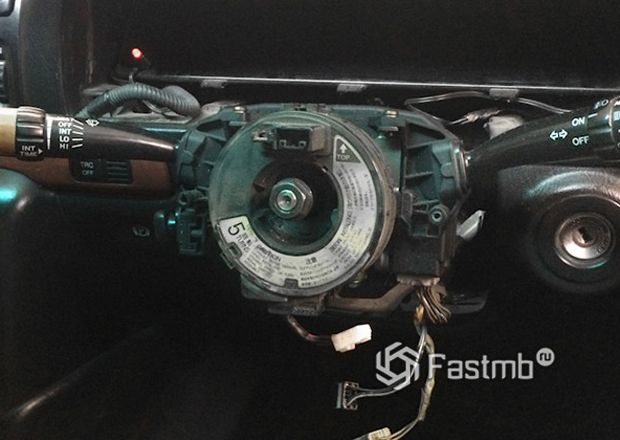
A Guide to Right-of-Way Laws in Massachusetts
Content
If you are in a traffic jam and there are no signs or signals telling you what to do, what can you do? Well, you should know right-of-way laws as they apply in Massachusetts. They are designed to help you deal with traffic situations that are not regulated by signals or signs and can help you avoid a collision that could result in vehicle damage, injury or even death.
Summary of right-of-way laws in Massachusetts
Right-of-way laws apply to intersections, pedestrians, and emergency vehicles.
Pedestrians
Pedestrians have the same right to be on the road as motorists, and your job is to look after them.
Always give way to pedestrians on the road.
If you stop at a green light, you must give way to pedestrians who are crossing the road.
Look for pedestrians when you turn. They have right-of-way if they cross an alley, driveway, or sidewalk.
If you see a pedestrian accompanied by a dog in a harness, or who uses a white cane, then it can be assumed that the pedestrian is blind. You should always come to a complete stop if a pedestrian is crossing the path of a blind person.
Intersections
Not all intersections will have traffic lights.
Slow down at an intersection where there are no signals. Check for oncoming traffic and do not proceed if there are no obstacles on the route.
If there is already a vehicle at the intersection, you must give way.
You must give way to a vehicle on the right if you are approaching an intersection at the same time.
At a four-way stop, whoever gets there first has priority, followed by vehicles on the right.
When turning left, you must give way to any vehicle approaching you.
If you are entering a paved road from a dirt road, the vehicle on the paved road has right-of-way.
Rotary
- At the turn, you cannot enter until there is a free space on your left in the traffic jam. Motorists who are already in the turn always have the right of way.
Ambulances
- Emergency vehicles with sirens and lights on always have the right of way.
Common Misconceptions About the Massachusetts Way-of-Way Rules
Two of the most common misconceptions when it comes to Massachusetts right-of-way laws actually involve funeral processions and live animals.
Most likely, you will stop out of courtesy when the funeral procession passes by. In fact, you are required by law to do so. You cannot interfere with, join, or pass by the funeral procession. You are also legally prohibited from crossing an intersection if a funeral procession is approaching, even if you have a green light on.
Now, as far as animals are concerned, people in Massachusetts still have the right to ride or drive horses on the highway. Animals are often easily startled, so you must drive carefully and drive slowly. If you do not, you may be charged with reckless driving. And if a rider or driver gives you a signal to stop, you are required to do so by law.
Penalties for non-compliance
Massachusetts does not have a point system. Penalties may vary by jurisdiction, but do not exceed $200.
For more information, see the Massachusetts Driver's Handbook, Chapter 3, pages 95-97, 102-103, and 110.

